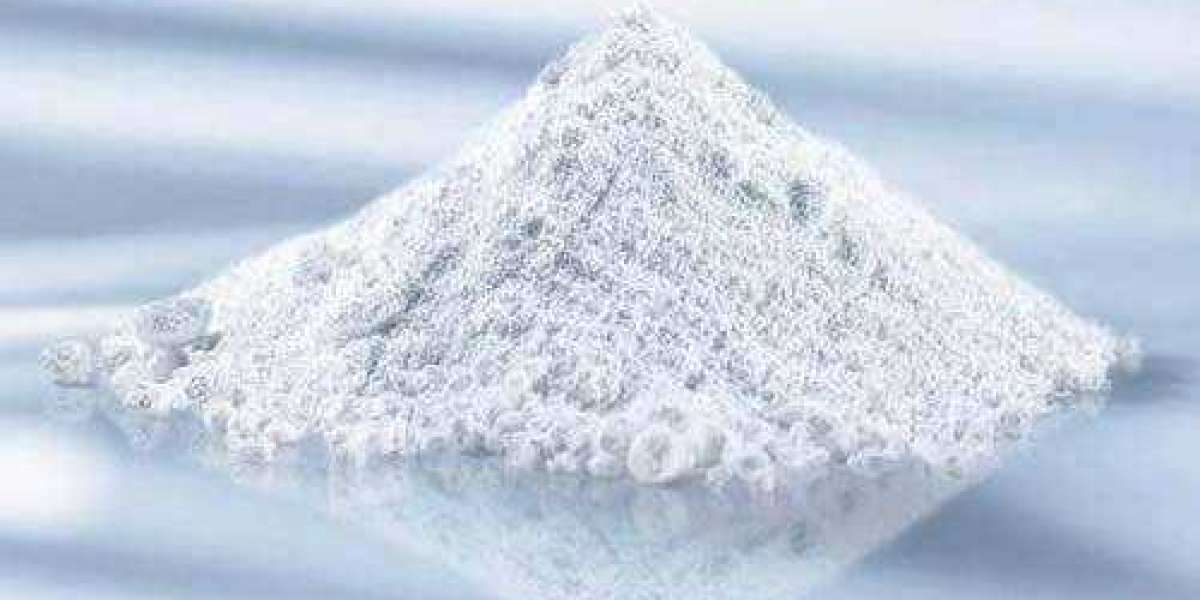The production process of activated calcium carbonate is roughly the same as the production of light calcium carbonate, but the conditions should be strictly controlled in the carbonization process to generate fine calcium carbonate particles, and then use an activator for surface treatment. Limestone and coal are mixed with a ratio of about 7.5, satin-fired in a lime kiln at a temperature of 900-1000 °C, carbon dioxide is washed and dedusted, and then sent to a carbonization tower, and the quicklime is sent to the digestion tank, and the hot water of 80-90 °C is used. It is fully digested and made into an emulsion with a concentration of about 9%, which enters the carbonization tower, and carbon dioxide is passed through for carbonization. When the PH value of the suspension is equal to 7 during carbonization, the reaction end point. At this time, an activator can be introduced. Surface treatment. There are dry surface treatment and wet surface treatment. Wet surface treatment is usually used, because this method can produce activated calcium carbonate with high activation degree, good dispersion performance and high transparency. At present, the activators are generally phthalate coupling agent, stearic acid, lignin, etc., and the dosage is about 1%-5%. After completing the previous chemical treatment, the material liquid is dehydrated, separated and dried to obtain a finished product with high whiteness.
Activated calcium carbonate, as a high-grade filler with high filling content, is widely used in rubber, plastic, plastic steel doors and windows, PVC cable materials, advanced coatings, pipes, tires, shoe soles, polyethylene blown film, sealing strips, glass fiber reinforced plastic products, cable packaging cloth, paper, building materials, ink, daily chemicals, textiles, feed, food additives and other industries.
Light Calcium Carbonate is also called Precipitated Calcium Carbonate (PCC). Light calcium carbonate is obtained by chemical processing. Because its sedimentation volume (2.4-2.8mL/g) is larger than that of mechanically produced heavy calcium carbonate (1.1-1.9mL/g), it is called light calcium carbonate.







